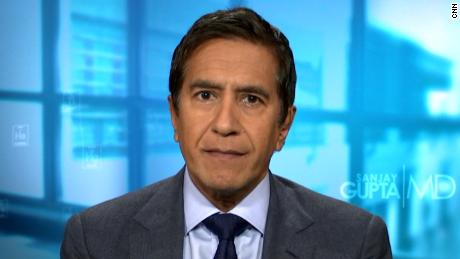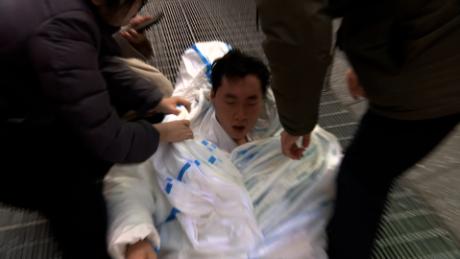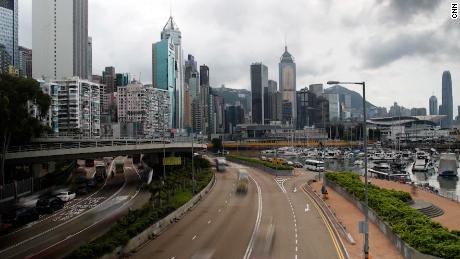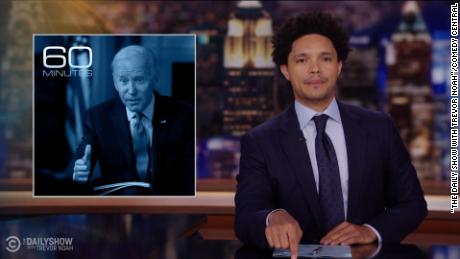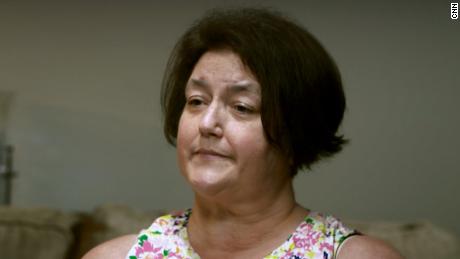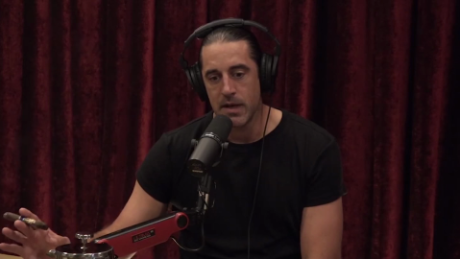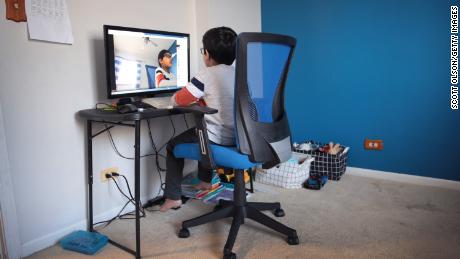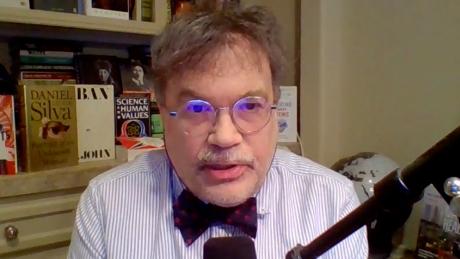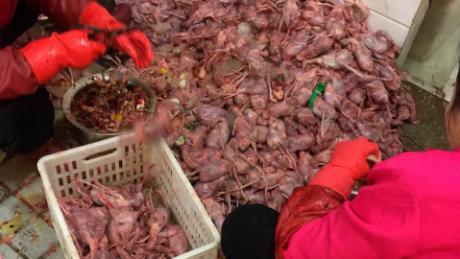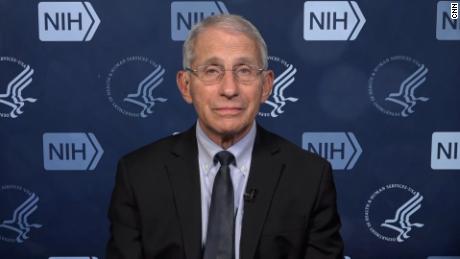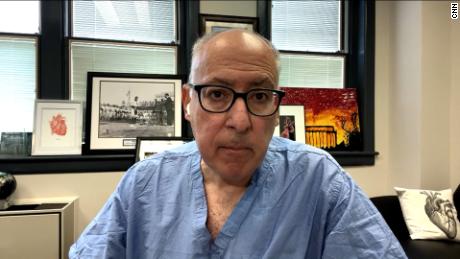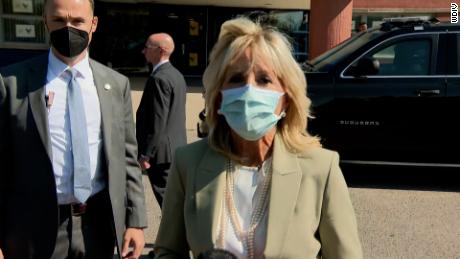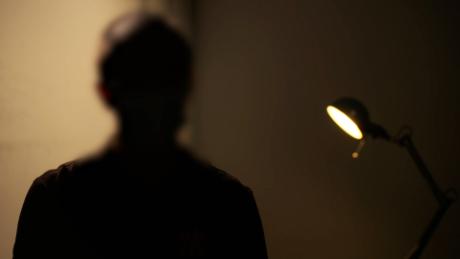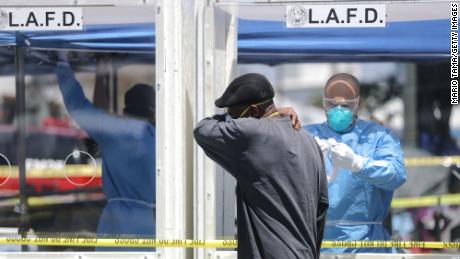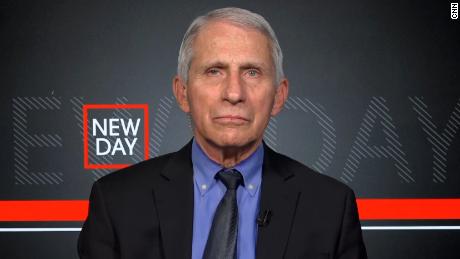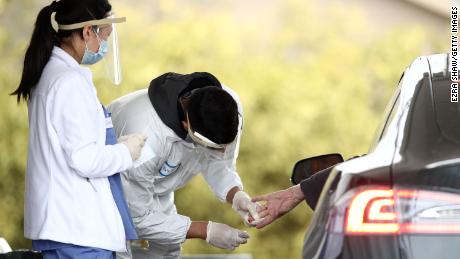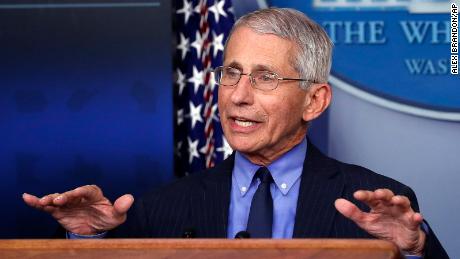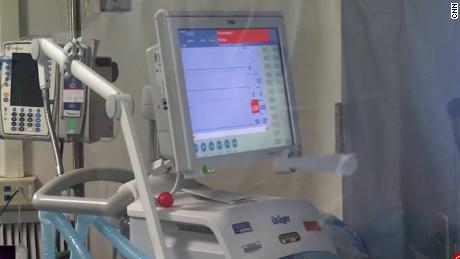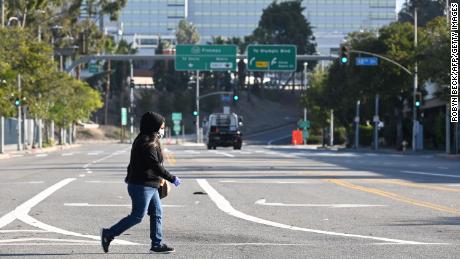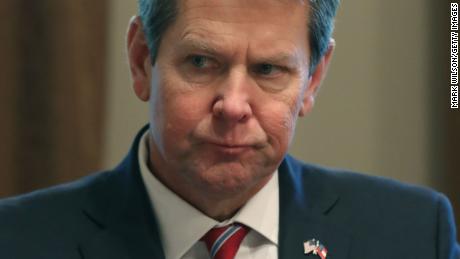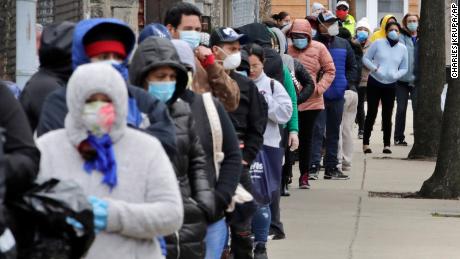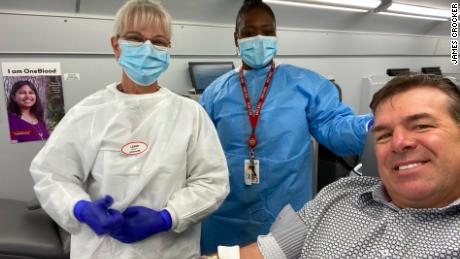(CNN)The novel coronavirus silently spread in the United States earlier than previously thought, infecting tens of thousands of people in New York and other major cities, researchers say.
A new model by the Network Science Institute at Northeastern University in Boston shows the first infections came from China in early or mid-January, and that the virus went undetected because many people were not presenting symptoms.
"The disease spread under the radar," Alessandro Vespignani, director of the Network Science Institute, said on "CNN Newsroom" on Thursday.
The model suggests that while Americans were still focused on China, about 28,000 people in major cities -- such as New York, San Francisco and Seattle -- were infected by March 1.
The virus circulated in the community of Santa Clara County, California about three weeks before the first known US coronavirus-related death in Washington state, Dr. Sara Cody, the county's public health director, told Anderson Cooper on Thursday.
Earlier this week, Santa Clara County officials announced that tissue samples confirmed two people who died in early February tested positive for coronavirus. That month, a number of physicians saw patients, without travel histories, who had flu-like symptoms.
But "all indicators had suggested that it was a very low risk (for coronavirus)," Cody said.
Now, however, Cody said it's obvious "the virus was circulating perhaps fairly widely in our county."
Several states, including California and Indiana, have been retracing their coronavirus timelines after discovering that the highly infectious disease started killing people earlier than previously known.
These discoveries have emphasized just how much about this pandemic remains uncertain and unknown. Four months since the novel coronavirus was first discovered in Wuhan, China, experts worldwide still do not fully understand how the virus started, how it impacts the body or what treatments are effective.
US has enough tests for initial phase of reopening, FDA commissioner says
Stephen Hahn, commissioner for the US Food and Drug Administration, said there are enough tests in the US for states looking to reopen under phase one of President Donald Trump's guidelines for reopening plan for the country.
Hahn, a member of the White House coronavirus task force, said tests that typically take years to develop are being created in weeks. His agency recently approved 62 diagnostic tests, including four antibody tests.
"We are confident that we have enough tests for phase one of the reopening America plan but we do acknowledge the fact that we need to keep the pressure on developing more tests, getting more tests out there," Hahn told Anderson Cooper on Thursday during CNN's coronavirus town hall.
State officials have been calling for the federal government's help to fulfill testing shortages. Dr. Anthony Fauci, director of the National Institute of Allergy and Infectious Diseases, said on Thursday shortages are limiting the country's ability to test more.
"I am not overly confident right now at all that we have what it takes to do that," Fauci said at a Time 100 Talks interview. "We're getting better and better at it, as the weeks go by, but we are not in a situation where we say we're exactly where we want to be with regard to testing."
Many more New Yorkers could have had the virus, study suggests
A preliminary study of 3,000 New Yorkers found that 13.9% tested positive for coronavirus antibodies, Gov. Andrew Cuomo said Thursday.
If those rates hold for the state's 19.5 million people, then about 2.7 million people in the state had the virus -- numbers that are multiple times higher than the official state counts.
The tests were performed on 3,000 random adults who were outside of the home, he said, so it was not an entirely random sample.
Dr. Amesh Adalja, an infectious disease expert at Johns Hopkins University, said New York's antibody testing results could be good news, as it means that the virus's fatality rate may be lower than the official fatality rate.
"It tells us this virus is much more widespread than we thought," he said. "The hospitalization rate may be much lower because the denominator (of people infected) is so much bigger.
"I think it's also in a way reassuring, meaning that we are developing some immunity to this. There are people that have mild illness that don't know they are sick, and those individuals may be part of how we move forward as we start to think about reopening certain parts of the country."
Earlier spread than known
California Gov. Gavin Newsom has asked coroners to review California cases dating to December after autopsies revealed two people in the state died of coronavirus in early and mid-February -- up to three weeks before the first known US death from the virus.
"We are doing the same across the state and in other counties as well to ultimately help guide a deeper understanding of when this pandemic really started to impact Californians directly," Newsom said Wednesday.
In Indiana, too, officials are tracking cases going back to at least mid-February --- weeks before the state announced its first case in early March.
As of Thursday, there were more than 873,000 cases in the United States and at least 49,000 people have died from the virus, according to a tally by Johns Hopkins University.
Governors and mayors feud over reopening
The decision to reopen even as coronavirus deaths linger and cases continue to increase is pitting governors against mayors across the country.
In Georgia, Gov. Brian Kemp made the most aggressive move yet to get the state's economy humming by allowing businesses such as barbershops, nail salons, bowling alleys and gyms to reopen Friday.
A day after criticizing Kemp's decision, President Donald Trump said Thursday he may extend social distancing guidelines beyond May 1 if he doesn't feel the country is in a safe place.
"We may go beyond that," Trump said during a White House coronavirus briefing when asked whether he might need to re-up the guidelines when they expire at the end of the month.
The National Governors Association released its "Roadmap to Recovery," a guide for governors that lays out 10 steps that need to be taken in order for states to reopen their economies. The report says that testing capacity remains "inadequate" and says states who fail to properly test and trace Covid-19 cases could have significant outbreaks.
"States that fail to do so, or without adequate test and trace capability in place, will only notice problems when individuals begin to crowd emergency departments and outbreaks among the most at risk are reported," the report says.
At that point, it will be too late to avoid wider spread that could overwhelm the health care system, it says.
Other states have begun to reopen but in slower steps. In neighboring South Carolina, Gov. Henry McMaster announced certain stores can reopen at 20% capacity along with beaches. Mayor Stephen Benjamin of Columbia accused him of using "arbitrary dates" instead of data to make his decisions.
"When you should go back to business is when you have some true indicators over two weeks that show a deceleration of the pandemic," Benjamin said, referring to one of the White House's criteria for reopening state economies. "We need more testing. We need more data, and then we can decide how we go back into business."
Charleston Mayor John Tecklenburg said the governor's reopening plan was "a measured response" that took safety and social distancing into account. "It's not like he opened the barn door and everything flies out," Tecklenburg said
Not so fast, experts warn states
A coronavirus model routinely cited by the White House warns that no state should be opening before May 1.
South Carolina and Georgia should not open until June 5 and June 19, respectively, according to the model by the Institute for Health Metrics and Evaluation.
Fauci, the nation's top infectious disease expert, warned Kemp to be careful.
"Going ahead and leapfrogging into phases where you should not be, I would advise him, as a health official and a physician, not to do that," Fauci said.
Montana has the best forecast at May 1. The only other states that should open by May 10 are Alaska, Hawaii, North Carolina, Vermont and West Virginia, the model says. North Carolina is the only one of the six states with more than 1,000 confirmed cases.
About half the states in the country should remain closed until May 25 or later, according to the model. The reopening dates are based on an assumption that states will have aggressive testing, contact tracing, isolation and limits on the size of gatherings to prevent another wave of the virus.
Millions of coronavirus tests are needed each week before US restrictions can be safely lifted, economists and public health experts say.
"We have estimated we need at least three times as much testing as we have right now," said Dr. Anish Jha, the director of the Harvard Global Health Initiative. "We have been flat for like three and a half weeks. We have made no progress."


